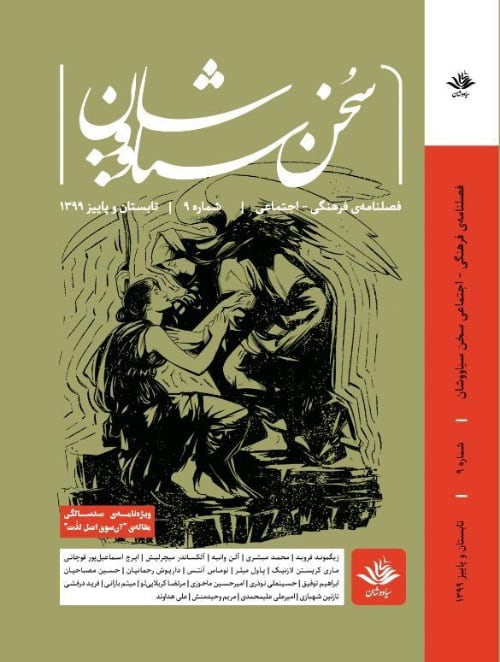| In Introduction to Lacan’s Seminar on Anxiety, Argentine psychoanalyst Roberto Harari adopts a deductive approach, following Lacan by moving from the whole to the particular. Beginning with Freud’s conceptualizations of anxiety, Harari focuses on Lacan’s distinct reformulation of the concept. He opens the first chapter with Lacan’s matrix of the three concepts—anxiety, inhibition, and symptom—and in the second chapter presents a graph of anxiety, which becomes a foundational tool for addressing all the major themes of Seminar X in subsequent chapters, while also pushing beyond the seminar’s original boundaries. Harari argues that Lacan’s own text leaves room for the expansion and development of the concept of anxiety, and given the importance of anxiety in the clinical setting, he selects this seminar as his focus. This Lacanian psychoanalyst seeks to reduce the complexity of Lacan’s discourse by introducing and explaining complementary concepts within Lacan’s own structural framework. In the final chapter, Harari provides tables and expanded Lacanian graphs introduced earlier in the book, offering his own interpretation of the Seminar on Anxiety. |

